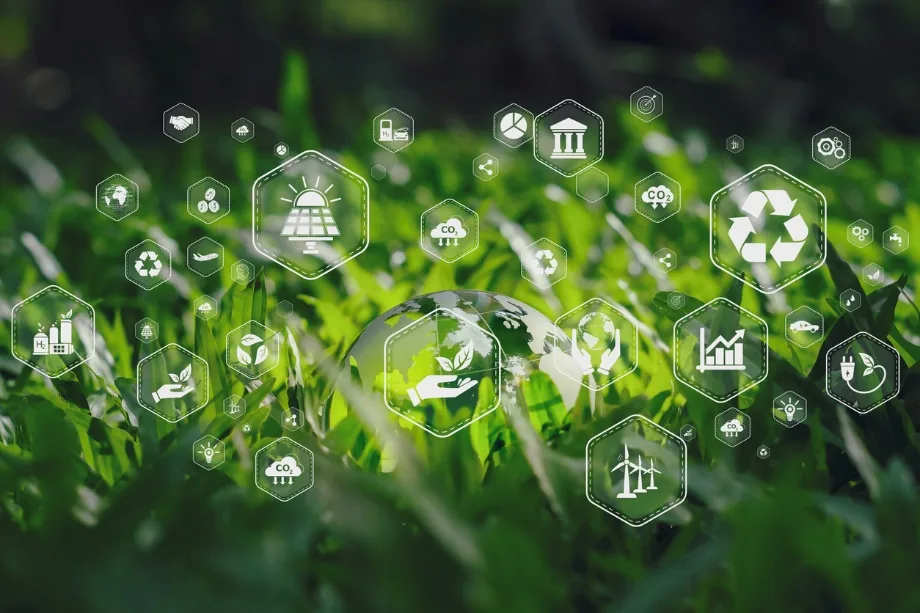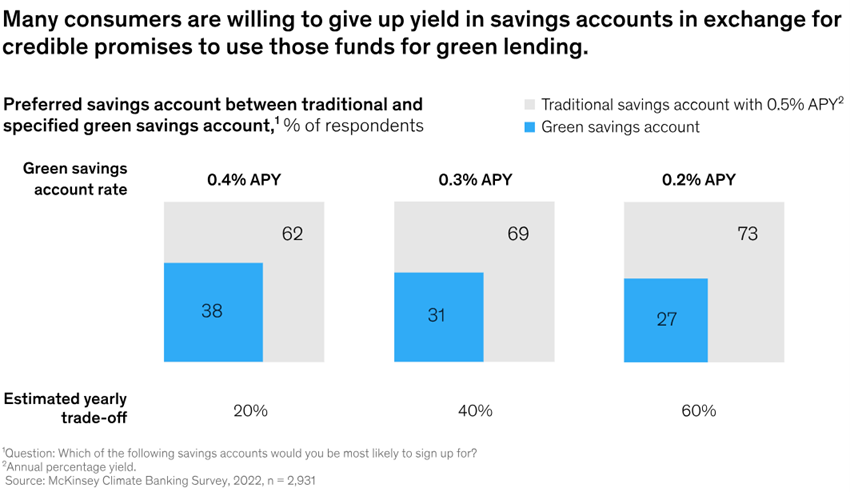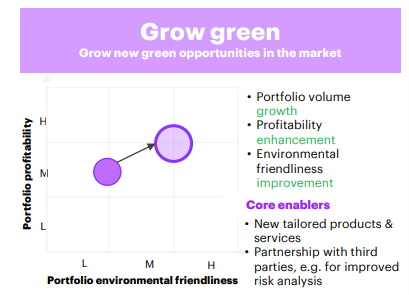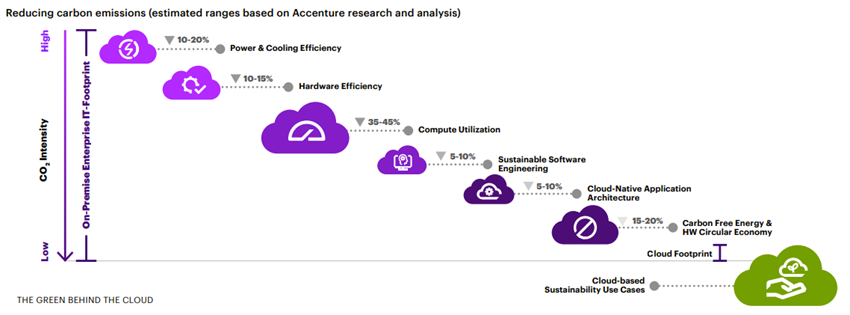The Current Climate: Key Insights from McKinsey’s Green Growth Survey
The growing concern for the environment has spurred a change in consumer behavior across various sectors, including finance. The shift towards green or sustainable finance is no longer a futuristic vision but a present-day reality. Understanding this change is critical for banking institutions as they aim to keep pace with consumer expectations and evolving market dynamics.
A recent survey conducted by McKinsey offers a deep dive into this green shift within the retail banking industry. It reveals a set of compelling insights that reflect not just a fleeting consumer interest but a robust, meaningful demand for sustainable banking options.
The Breadth and Depth of Demand
According to the McKinsey survey, nearly 40% of U.S. consumers have expressed a significant interest in climate-linked financial products. These products are not restricted to generic sustainability or ESG (Environmental, Social, and Governance) products but are tailored offerings such as green checking accounts or climate-screened index funds.
Even more telling is the level of commitment consumers are willing to make. Two in three respondents were prepared to allocate over 40% of their savings or monthly credit card expenditure to a green retail banking product. The demographics of these consumers are diverse, extending well beyond the affluent urban dweller. Around 24% of these green-minded consumers reside in rural areas, indicating that the sustainable banking wave is broad and encompassing.

Returns for Measurable Impact
Historically, sustainable financial products were positioned as concessionary offers, such as discounts for electric vehicle loans. However, the survey reveals a different story—consumers are willing to pay more for sustainable products, especially if they offer a measurable impact. For instance, a sizable number of consumers would opt for a green savings account even if it came with a lower annual percentage yield (APY) compared to a traditional savings account. Forty percent of consumers indicated they’d opt for a green savings account even if its annual percentage yield (APY) was 20% less than that of a conventional savings account. Furthermore, 25% of consumers were willing to accept an account with a 60% lower APY.

While the McKinsey survey opens our eyes to the vast potential of sustainable banking, how can financial institutions translate this consumer interest into viable offerings? This is where Latinia comes into play.
Latinia’s suite of solutions enables financial institutions to communicate their products and services with sustainability objectives effectively. We offer the technical architecture to act on real-time customer data to effectively communication of such tailored sustainable products.
Understanding the consumer’s willingness to engage in green products is only the first step; the next is to translate this willingness into targeted, personalized offerings. Through advanced real-time analytics, Latinia’s solutions enable banks to curate highly personalized sustainable product recommendations. Today’s consumer is inundated with information and choices. Latinia’s banking communications solutions cut through this noise by providing relevant, timely information directly to the consumer, creating a meaningful connection, facilitating not just awareness but also action.
Portfolio Decarbonization : Green Product Ecosystem Development
As the world shifts towards sustainability, banks find themselves at a pivotal moment. Not only do they have the opportunity to transition towards more sustainable practices, but they also hold the power to encourage their customers to do the same. In essence, banks can become stewards of their customers’ transition to net zero emissions.
In this unique opportunity to enable their customers to improve their sustainability practices, it’s not enough to simply offer “green” products at competitive prices. According to Accenture ‘s Banking for Net Zero report, the focus should be on crafting comprehensive ‘green glove’ solutions through strategic partnerships.

Source: Accenture “Banking for net zero”
For example, instead of just offering discounted sustainable mortgages, banks can partner with green retrofit specialists to offer attractive volume discounts. By developing such an extensive range of green products and services, banks aren’t just attracting environmentally-conscious customers; they’re helping them make a real difference. Latinia enables banks to customize their multichannel communications easily, thereby facilitating the adoption of green financial products and encouraging sustainable practices, promoting products which create a better carbon footprint.
Banks are more than financial institutions; they’re partners in their customers’ journey towards a greener future. By focusing on product development, corporate relationships, and disciplinary measures, banks can encourage and expedite the transition to a more sustainable world. With the support of cutting-edge solutions, this transition can be made smoother, more effective, and truly transformative.
How Banks Can Champion Their Customers’ Transition to Net Zero
As we move towards a more environment-conscious future, the role of banks is evolving from mere financial institutions to key players in global sustainability efforts. Specifically, banks have an unparalleled opportunity to guide their corporate customers’ transition to net zero emissions. This transformation is not only a moral imperative but also a financial one, offering long-term value creation for both parties involved.
The Five-Step Framework to Facilitate the Net Zero Transition
To effectively steward this transition, banks need to move beyond merely establishing emissions baselines and setting targets. Here’s a comprehensive five-step approach developed by Accenture:
Step 1: Establish Emissions Baselines
By collecting emissions data from customers and external vendors, banks can obtain a clear snapshot of their current environmental impact. This data covers Scope 1 and Scope 2 emissions, creating a foundation for any future decarbonization efforts.
Step 2: Set Ambition and Define Time Horizon
Once baseline emissions are understood, banks can set ambitious targets and define specific timeframes. Methods and potential affiliations like the Science Based Targets initiative (SBTi) can offer guidance on the path towards decarbonization.
Step 3: Compute Distance to Net Zero Target
Banks should calculate the gap between the current emissions of their portfolio and the ultimate net zero target. This provides a quantifiable understanding of the efforts required to achieve their goals.
Step 4: Set Action Plan and Steering Mechanisms
This is where the rubber meets the road. Banks need to identify actionable steps that can help each sector, geography, and entity within their portfolio reach the net zero target. Strategies may include growing green assets, engaging customers for better practices, and reducing high-emission assets.
Step 5: Monitor and Report on Portfolios
The final step involves an ongoing cycle of monitoring and reporting. Enhanced systems should be implemented to ensure that management and frontline staff are equipped to make decisions that optimize both profitability and planetary wellbeing.

Source: Accenture banking for net-zero
The middle-market segment often faces unique challenges in identifying where to begin or feels overwhelmed by the complexity. Banks are perfectly positioned to offer vital assistance through targeted services, tailored advice, and financial products designed to simplify the decarbonization process.
Cloud Computing: Leader in Sustainable Infraestructure
Migrating to the cloud isn’t just about financial savings; it’s about reducing carbon footprints as well. The cloud computing market is experiencing exponential growth. Despite the challenges, the cloud offers a compelling solution to curbing carbon emissions. Accenture’s analysis “The green behind the cloud” suggests that public cloud migrations could reduce global CO2 emissions by 59 million tons per year, equivalent to taking 22 million cars off the road. That’s a 5.9% reduction in total IT emissions—a significant contribution to meeting climate change commitments, especially for data-intensive businesses.
Accenture’s experience with client cloud migrations demonstrates that sustainable cloud approaches can lead to 30-40% savings in Total Cost of Ownership (TCO). Factors such as greater workload flexibility, improved server utilization rates, and energy-efficient infrastructure contribute to these savings.

Source: Accenture – The green behind the cloud
Step 1: Choose Carbon-Conscious Providers
The first step in a sustainable cloud journey involves selecting a cloud provider committed to sustainability. Different cloud companies have varying commitments to sustainability, impacting how they build, operate, and even retire their data centers.
Step 2: Build with Ambition
The sustainability journey doesn’t stop at choosing a provider. Companies should aim for three ambition levels:
Bronze Level: Infrastructure as a Service (IaaS) migrations, known as “lift-and-shift,” can achieve more than an 84% reduction in carbon emissions compared to traditional setups.
Silver Level: Applying sustainable software engineering practices during migration.
Gold Level: Customizing applications to be fully optimized for cloud infrastructure can result in carbon emission reductions of up to 98%.
Latinia understands that each financial institution’s sustainability journey is unique. Hence, the company offers varying levels of carbon footprint reduction, equivalent to the Bronze, Silver, and Gold standards of cloud sustainability
Scalability and Resource Optimization
The cloud’s scalable nature ensures that resources are only utilized when needed, preventing waste. It allows banks to scale their operations up or down based on real-time needs, minimizing idle time and thus conserving energy.

Conclusions: Towards a Sustainable and Transformative Banking
The wave of sustainability is a paradigm shift. In this context, financial institutions are not mere spectators, but key players in accelerating towards a greener and more sustainable future. From offering a range of eco-friendly financial products to playing a leading role in their clients’ transition to net-zero emissions, banks stand as authentic allies on the path to sustainability.
This article highlights several critical points that contribute to the growth and depth of demand for sustainable banking options. These include the consumer’s willingness to pay more for products that offer measurable environmental impact and the role of technology, such as Latinia’s solutions, in introducing and communicating these sustainable financial products in the market.
It’s not just about adapting a product offering, but doing so in a strategic, measurable, and meaningful way, addressing multiple aspects from the decarbonization of the banking product portfolio to adopting more sustainable technological infrastructures, such as cloud computing.
The journey towards sustainable banking is complex but essential. And it’s not just a moral imperative, but also a smart strategy promising long-term economic benefits. Banks face the challenge and opportunity to become catalysts for a more sustainable future, and they have technological allies like Latinia to make this transition more effective and meaningful. If you would like to know more about how we can help banks achieve a higher level of sustainability, please complete this form to schedule a meeting with an expert.
If you want to know more about how can we help banks reach a higher sustainability level, fill this form to set up a meeting with an expert.
Categories: Sustainability
